Harvest Mouse
- December 21, 2023
- 0 comment
The harvest mouse (Micromys minutus) is a small rodent that belongs to the Muridae family and is renowned for its diminutive size and charming appearance. Identified by its distinctive prehensile tail and a unique furrowed appearance on its upper incisors, these tiny creatures are primarily found in grassy habitats across Europe and Asia. Despite their endearing qualities, harvest mice face various conflicts in their natural environment, ranging from habitat loss due to agricultural practices to predation by birds of prey and snakes. In terms of legal status, harvest mice are often protected by wildlife conservation laws in many regions, recognizing the need to safeguard their habitats and ensure their survival.
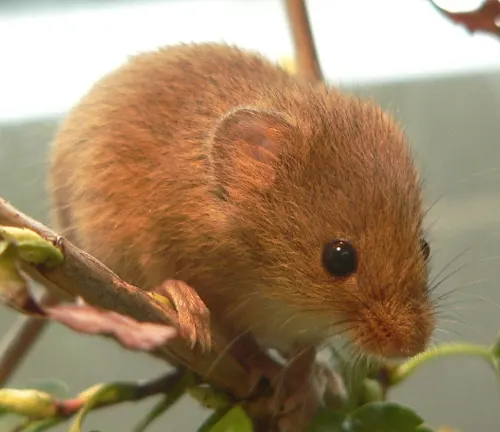
Physically, harvest mice are characterized by their small size, measuring around 2 to 3 inches in length, with an equally long tail that aids in climbing vegetation. Their fur, typically brown on the upper side and creamy underneath, provides excellent camouflage in their grassy surroundings. The species range of the harvest mouse spans across diverse environments, including meadows, reed beds, and cereal fields, showcasing their adaptability to various landscapes.
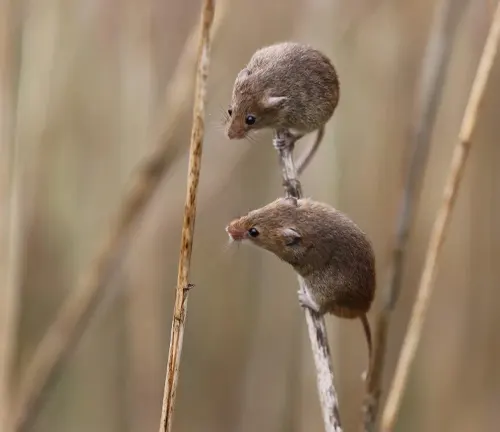
Despite their seemingly harmless nature, health and safety concerns arise in the context of habitat destruction and pesticide use in agricultural areas, both of which can adversely impact harvest mouse populations. Conservation efforts aim to address these challenges by promoting sustainable farming practices and habitat preservation. By understanding the intricacies of their identification, legal status, physical characteristics, species range, and the potential threats they face, researchers and conservationists work towards ensuring the continued existence of these enchanting creatures in our ecosystems.
| Aspect | Specification |
|---|---|
| Scientific Name | Micromys minutus |
| Family | Muridae |
| Size | 2 to 3 inches (body), tail length approximately equal |
| Tail | Prehensile, aiding in climbing vegetation |
| Fur Color | Brown on the upper side, creamy underneath |
| Distinctive Feature | Furrowed appearance on upper incisors |
| Habitat | Meadows, reed beds, cereal fields, grassy environments |
| Range | Europe and Asia |
| Conflicts | Habitat loss, predation by birds and snakes |
| Legal Status | Often protected by wildlife conservation laws |
| Conservation Concerns | Habitat destruction, pesticide use |
| Conservation Efforts | Sustainable farming practices, habitat preservation |
Exploring the Enchanting World of Micromys Minutus
Reproduction
Delving into the reproductive realm of harvest mice unveils a remarkable aspect of their life cycle. With a tendency to breed prolifically, these rodents can have several litters in a single year. The gestation period is relatively short, and the offspring, born hairless and blind, mature quickly, showcasing the resilience and efficiency of their reproductive strategy.
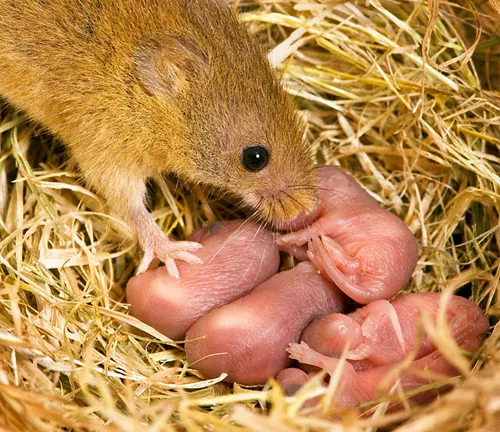
Behavior
Observing the behavior of harvest mice reveals a world of agility and resourcefulness. These small rodents are adept climbers, utilizing their prehensile tails to ascend vegetation and escape potential predators. Their behavior also reflects an ability to adapt to various environmental challenges, making them intriguing subjects for behavioral studies.
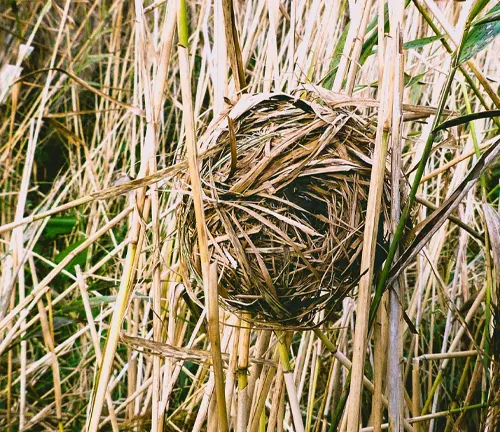
Nesting/Denning Cover
The meticulous construction of nests and dens is a testament to the resourcefulness of harvest mice. Constructed from grass, reeds, and other plant materials, these nests provide shelter and protection for both adults and their offspring. Understanding the intricacies of their nesting behavior unveils the importance of suitable denning cover in their survival.
Habitat
Exploring the preferred habitats of harvest mice unveils a connection to grassy environments such as meadows, reed beds, and cereal fields. This unique habitat preference highlights the importance of maintaining diverse landscapes for the conservation of these enchanting creatures.
Food Habits
A closer look at the food habits of harvest mice reveals an omnivorous diet that includes seeds, insects, and other plant materials. Their foraging behavior is not only essential for their sustenance but also plays a crucial role in the ecological balance of their habitats.
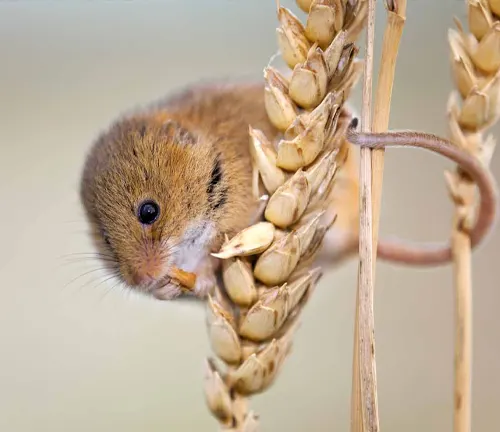
Voice, Sounds, Tracks And Signs
While harvest mice are not known for their vocalizations, they communicate through subtle sounds, including rustling and squeaking. Understanding their tracks and signs in the environment provides valuable insights into their presence and activities, adding another layer to the captivating world of these small rodents.
Damage Identification by the Harvest Mouse

Damage to Landscapes
The charm of the harvest mouse comes with a cost, as these tiny creatures can leave a mark on their habitats. While their foraging and nesting behaviors are essential for their survival, they can result in damage to landscapes. Exploring the impact on grassy environments, such as meadows and cereal fields, sheds light on the delicate balance between the presence of harvest mice and the preservation of their habitats.
Damage to Crops and Livestock
As agriculture and nature intersect, the presence of harvest mice can pose challenges for crops and livestock. These rodents are known for their omnivorous diet, including seeds and plant materials. Understanding the extent of their impact on agricultural yields and potential interactions with livestock becomes crucial for farmers and conservationists alike.
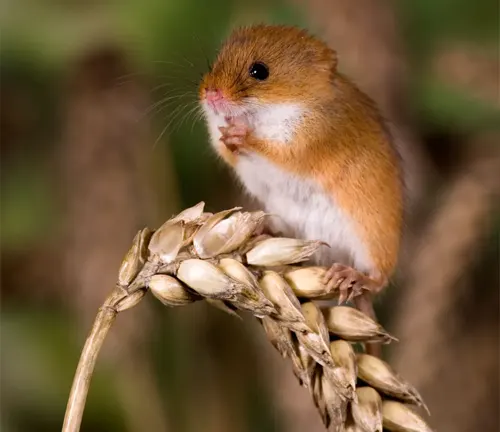
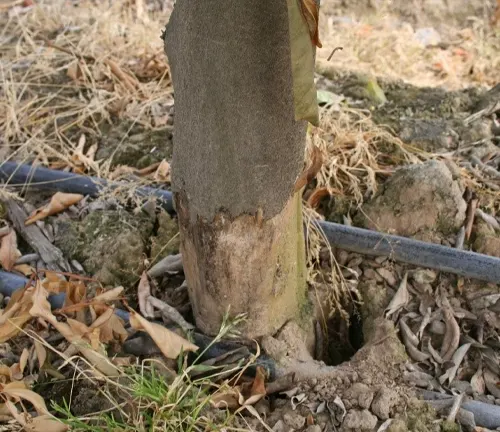
Damage to Structures
The architectural prowess of harvest mice in constructing nests and dens is impressive, but it can also lead to challenges when these structures interfere with human-made spaces. Damage to structures, whether it be in gardens, barns, or other man-made environments, prompts a closer examination of the coexistence between human spaces and the natural behaviors of harvest mice.
Prevention and Control of Harvest Mouse Damage
Habitat Modification
In the delicate balance between conservation and mitigation, habitat modification emerges as a key strategy for preventing damage caused by harvest mice. By understanding their preferred environments, we can implement thoughtful modifications that encourage cohabitation without compromising the integrity of the landscapes they inhabit. This approach emphasizes the importance of preserving natural habitats while minimizing potential conflicts.
Exclusion
The art of exclusion takes center stage when considering ways to protect crops, livestock, and structures from harvest mouse damage. From fencing agricultural fields to sealing entry points in structures, exclusion methods offer a proactive means of creating boundaries that safeguard both human interests and the natural behaviors of these tiny rodents.

Frightening Devices
In the realm of innovative solutions, frightening devices become valuable tools for mitigating harvest mouse damage. By employing techniques that deter their presence through sound, light, or motion, we can encourage these rodents to seek alternative habitats without resorting to more intrusive methods.
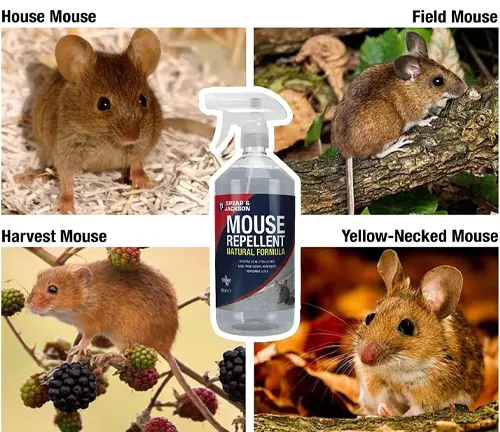
Repellents
Gentle yet effective, repellents present an alternative approach to damage prevention. Developing and deploying substances that harvest mice find disagreeable can help redirect their foraging and nesting tendencies away from critical areas, providing a non-lethal means of coexistence.
Toxicants
While a more drastic measure, the use of toxicants may be considered in certain situations where other methods prove ineffective. This method demands careful consideration, as it carries inherent risks and ethical concerns. Striking a balance between conservation and protection requires a judicious approach to minimize environmental impact.
Shooting
In cases where immediate intervention is necessary, shooting may be employed as a targeted method of control. This approach demands precision and adherence to ethical guidelines, ensuring that any actions taken prioritize safety and the responsible management of harvest mouse populations.
Trapping
Balancing efficacy and humane treatment, trapping stands as a method that allows for the controlled capture of harvest mice. Employing traps designed for these small rodents can aid in relocating them to more suitable habitats, addressing damage concerns without resorting to more severe measures.

Different Species
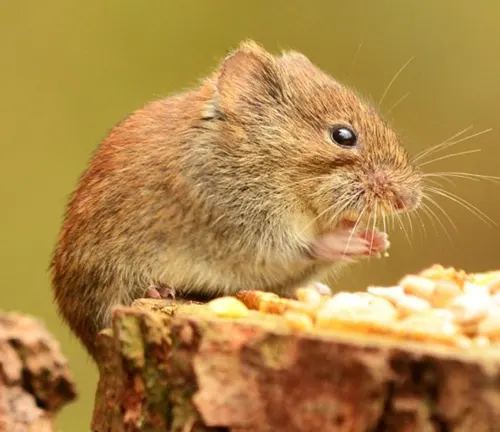
Micromys minutus
(Common Harvest Mouse)
Found in Europe and Asia, this is the most widely recognized species of harvest mouse. It is characterized by its small size, prehensile tail, and furrowed upper incisors.
Reithrodontomys species (American Harvest Mice): Several species within the Reithrodontomys genus, commonly known as American harvest mice, are found in North and Central America. These mice share some similarities with Micromys minutus but are distinct species adapted to their respective environments.
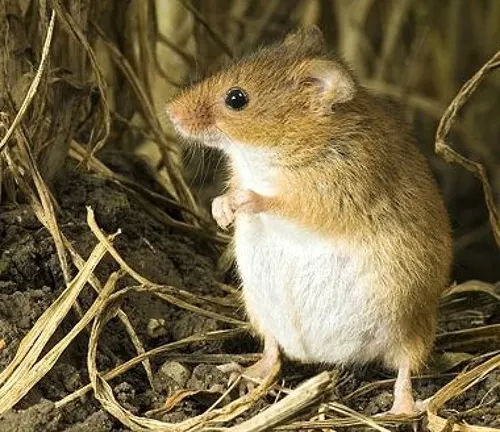
Frequently Asked Questions (FAQs)
- What is a harvest mouse?
A harvest mouse (Micromys minutus) is a small rodent known for its diminutive size, prehensile tail, and distinctive appearance. It belongs to the Muridae family and is found in grassy habitats in Europe and Asia. - What do harvest mice eat?
Harvest mice are omnivores, consuming a diet that includes seeds, insects, and various plant materials. Their foraging behavior plays a crucial role in maintaining ecological balance in their habitats. - Are harvest mice endangered?
While the harvest mouse is not generally considered endangered, some populations may face threats due to habitat loss and other environmental factors. Conservation efforts are in place to protect and preserve these small rodents. - What is the lifespan of a harvest mouse?
Harvest mice have a relatively short lifespan in the wild, typically ranging from 6 months to a year. However, in captivity, they may live slightly longer. - How do harvest mice build their nests?
Harvest mice construct nests from grass, reeds, and other plant materials. These nests are carefully woven into the vegetation and provide shelter for the mice and their offspring. - Do harvest mice hibernate?
No, harvest mice do not hibernate. They are active throughout the year and remain active during the winter months. - Are harvest mice harmful to crops?
While harvest mice may forage in agricultural fields, they are not typically considered harmful to crops in the same way some larger rodents might be. However, in certain situations, their presence may lead to localized damage. - Can harvest mice be kept as pets?
Harvest mice are not recommended as pets. They are wild animals with specific dietary and environmental needs, and keeping them as pets may not be suitable for their well-being. - How do I prevent harvest mice from causing damage?
Preventing harvest mouse damage can involve strategies such as habitat modification, exclusion methods, and the use of repellents. Understanding their behavior is key to implementing effective prevention measures. - What is the role of harvest mice in ecosystems?
Harvest mice play a crucial role in ecosystems by contributing to seed dispersal and insect control. Their activities help maintain the balance of plant and animal populations in their natural habitats.




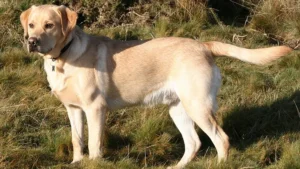
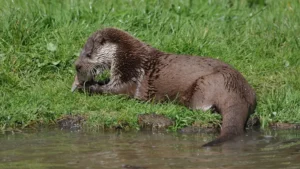


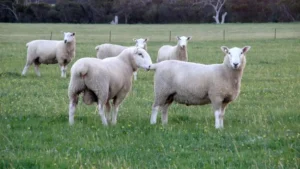
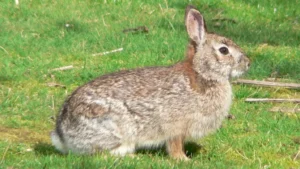
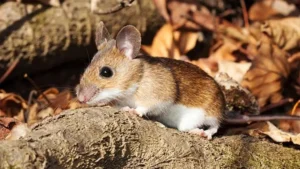


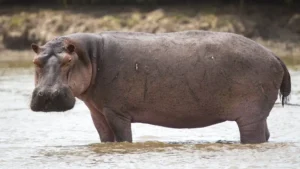
Leave your comment